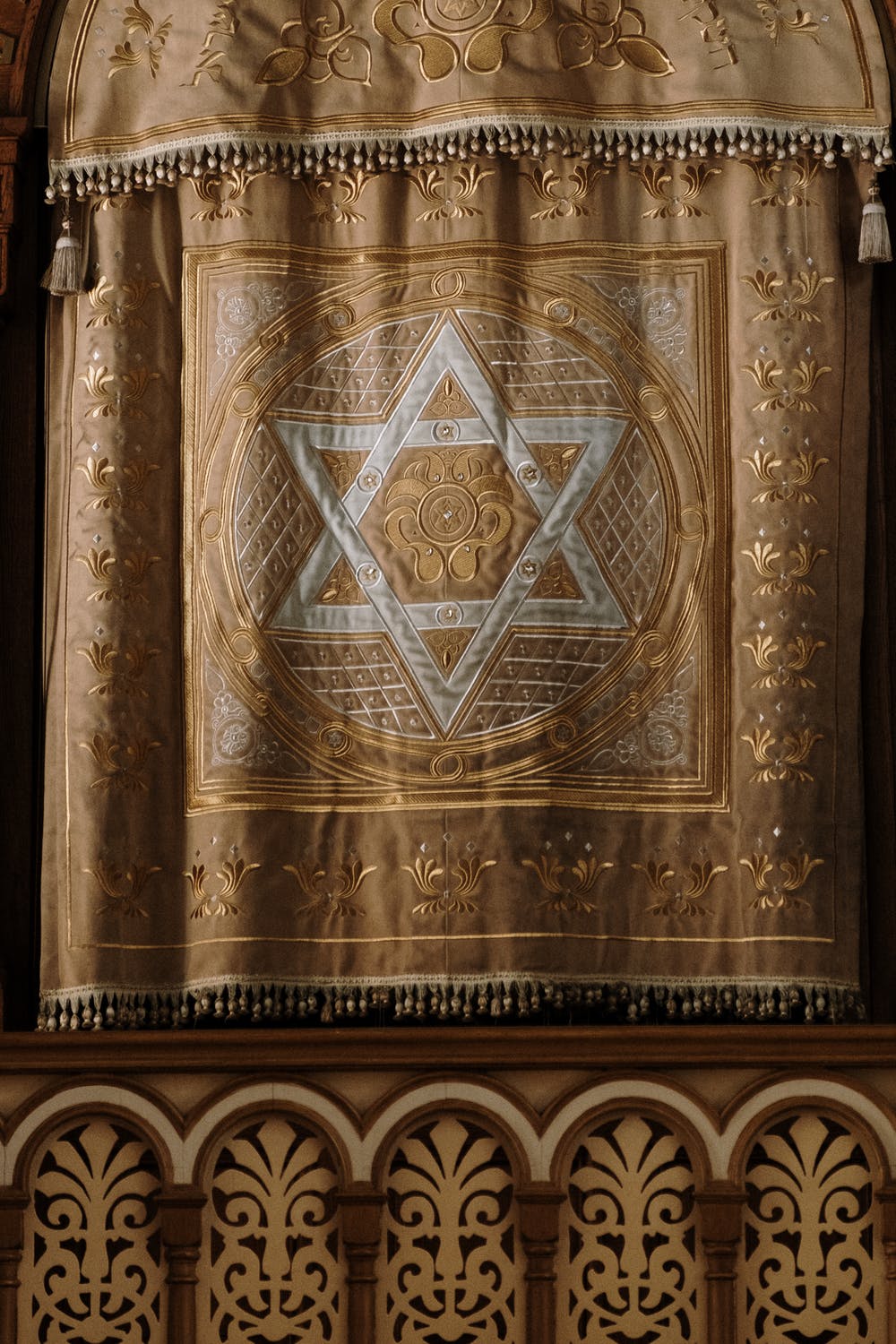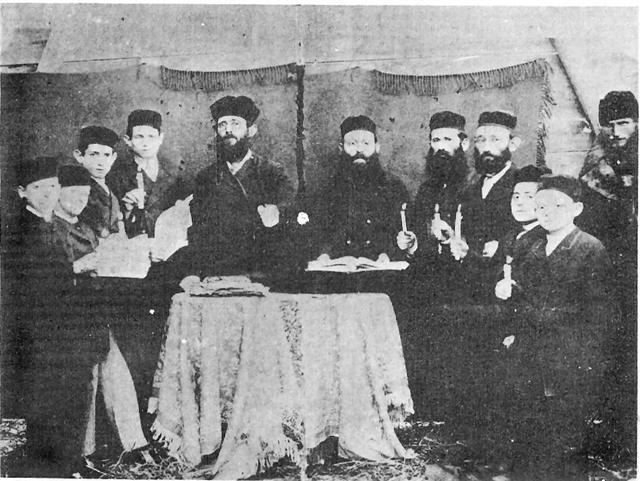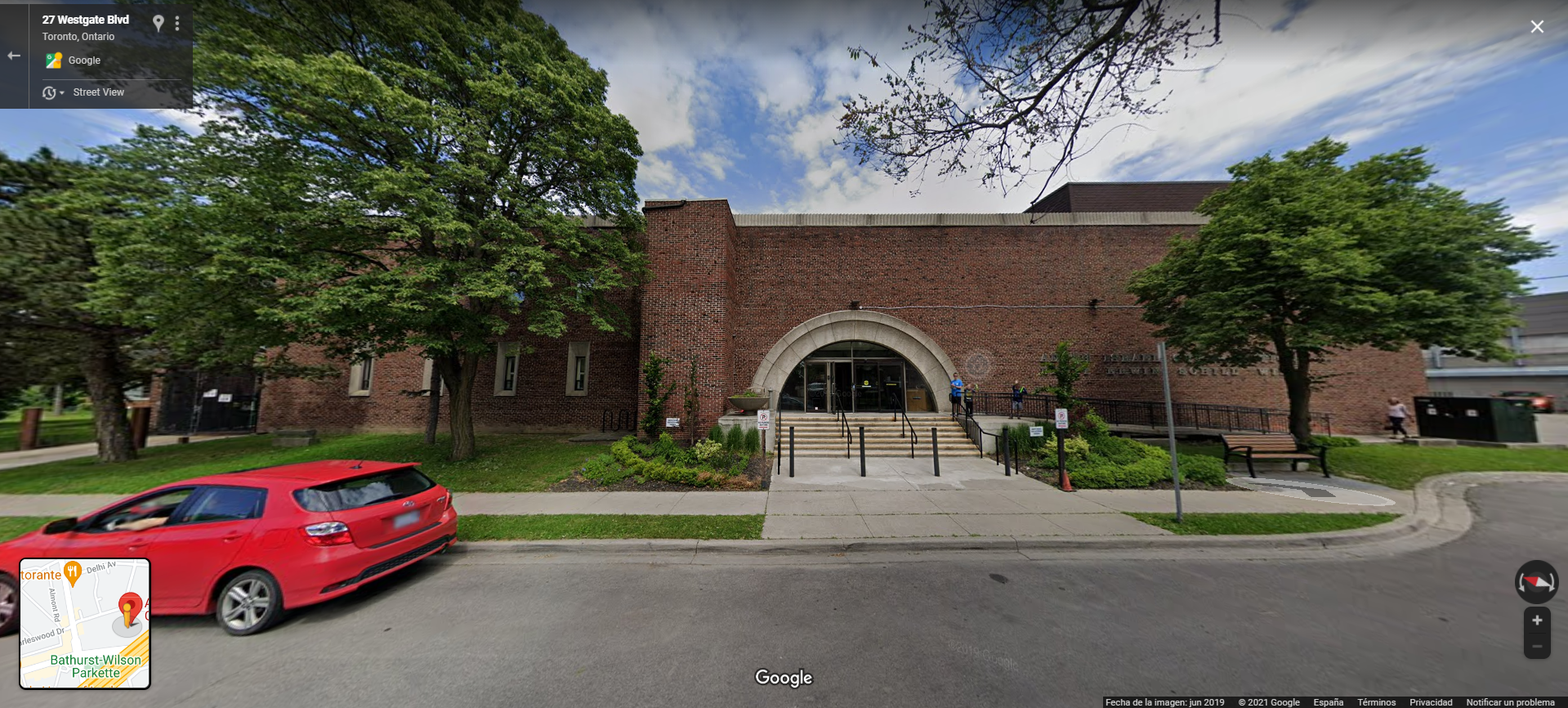August, 13th, 2021 – Shabbat is almost here
And today, we will hear not one cantor, not two, but three, in a rendition of the very famous Chassidic Kaddish.

Hello, how are you? I hope well! I am almost recovered from the surgery.
Today we will pay attention to a very interesting piece. Interesting, because it is very popular and and although it is supposed to be a sad theme, the music sounds very cheerful. This is not the only confusion in this piece. It is usually attributed to someone who seems not to be the real author and, to make matters worse, it seems that the content of the message is not what it would seem at first sight.
I think female Sephardic singers are the most successful thing on MBS. I understand, they sang with big passion their melismatic melodies and they grab you from the first syllable. Today we leave that cultural branch and I hope you find all the enigmas in this piece interesting.
I have chosen a rendition of the Chassidic Kaddish that I think is particularly brilliant, performed by three cantors, each one more wonderful than the last. Enjoy!
Then, please, spread the word.
:
About Kaddish
 Last Monday I received the My Jewish Learning newsletter and was struck by the title: What People Get Wrong About Kaddish. In the edition of MBS of April 3rd 2020, at the height of the pandemic, I chose the Kaddish sang by Hans Bloemendal (this is that edition), recorded in 1970. The Kaddish is a prayer that is usually sung for the deceased. You can find its texts in the website of My Jewish Learning.
Last Monday I received the My Jewish Learning newsletter and was struck by the title: What People Get Wrong About Kaddish. In the edition of MBS of April 3rd 2020, at the height of the pandemic, I chose the Kaddish sang by Hans Bloemendal (this is that edition), recorded in 1970. The Kaddish is a prayer that is usually sung for the deceased. You can find its texts in the website of My Jewish Learning.
So what was that, that “people get wrong” about Kaddish, according to My Jewish Learning? The words of this article are by Rabbi Elie Kaunfer, President and CEO of the Hadar Institute. He says that:
About the Chassidic Kaddish
The composition to which we dedicate this MBS is usually attributed to the cantor Yossele Rosenblatt (of whom we have spoken in a previous edition, which you can read here). Why? Because Rosenblatt was a big star and popularized many compositions, both his own and others’ compositions. And he is more recent than the original author. Several sources mention this confusion and explain that the original composer was probably Jacob Gottlieb, better known as Yankel der Hezeriker. For instance, Rosenblatt’s bio in Chazzanut.com or in “The Experience of Jewish Liturgy: Studies Dedicated to Menahem Schmelzer” by Boaz Tarsi (edited by Debra Reed Blank).
In this search I found a meaningful phrase in the website of the film 100 Voices (note the portrait is of Yossele Rosenblatt):
“In Chassidic belief, whatever seems foreign to godliness, even a secular melody, is only estranged from it and can be reunited with the Divinity, provided it is wedded to a sacred text. This doctrine has spurred cantors over the past 200 years to “reclaime” Romanian shepherd calls, Russian ballads, Polish military marches, Austrian waltzes and Ukrainian love songs for synagogue use. One such tune, attributed by some scholars to a Chassid named Yankel Gottlieb, passed through many hands and was recorded by such notable cantors as Josef Rosenblatt (1882-1933) and David Koussevitzky (1911-1985).”
In the text above-mentioned, by Boaz Tarsi, there is an interesting paragraph:
“Perhaps the most famous and commonly heard Kaddish Shalem of Hasidic (or possibly pseudo-Hasidie) origin is one that has been mistakenly attributed to Yosef (Yossele) Rosenblatt, or at times to Moshe Koussevitzky, and has become very popular as a High Holiday Kaddish Shalem in North America and Israel. Depending on the local custom of each individual community, this Kaddish Shalem might be used any number of times at different points during the High Holiday season (sometimes even on Shabbat Shuvah and in the S’lihot service).”
About Jacob Gottlieb, the author
 The website of Geoffrey Shisler is an outstanding source of information about cantors. This picture is from his website. Jacob Gottlieb is the tallest man in the left-center (5th from the left). The third from the left is his son Berl, who would become a famous cantor after his father’s decease. Mr. Shisler has a bio of Jacob Gottlieb, of which I will make just a little summary:
The website of Geoffrey Shisler is an outstanding source of information about cantors. This picture is from his website. Jacob Gottlieb is the tallest man in the left-center (5th from the left). The third from the left is his son Berl, who would become a famous cantor after his father’s decease. Mr. Shisler has a bio of Jacob Gottlieb, of which I will make just a little summary: - He was born in a town near Odessa in 1852. His father was a Shochet (person officially certified to slaughter animals according to the rules of Judaism and was appointed as head of Shochetim of Odessa, that was had a big Jewish community with famous cantors. Jacob conducted services since he was 9 years old. With 13 he formed his own choir.
- He had to work as a hazzan when his father-in-law lost his wealth. And he soon became famous.
- He composed several pieces, that could easily be learned by the public. Besides that, his daughter was a teacher in Bessarabia and taught many pupils her father’s melodies.
- He was well recogniced in life and he got to become quite wealthy.
- He died in Kiev in 1900, from a cerebral haemorrahage, when he was only 47 years old.
- In the website there are also some very interesting anecdotes, like the one that starts like this:
- “Though Cantor Gottlieb wrote his compositions for choir and Cantor, one can detect that he was a passionate singer and made many a congregant cry. One incident, in which a wealthy man had a wager with Cantor Jacob, that no matter how emotionally the Cantor will sing, he will be unmoved.” What do you think that happened? Ah, check the website to discover!
:
About the cantors in the recording
The cantors in this recording are Alex Stein, Shimon Farkas & Yaakov Motzen ?. Click on their names to learn more.
They might be the protagonist in future editions. I am specially pleased for learning about Shimon Farkas, who I didn’t know and I am really loving his voice. If you want to listen to more from him, I invite you to listen to this. But all of them are just outstanding, I have listened to this recording dozens of times the last days.

Click the picture to listen to Chassidic Kaddish performed live by Cantors Alex Stein, Shimon Farkas & Yaakov Motzen. Orchestral arrangement by Cantor Alex Stein & Claude Lapalme:
NOTE: THE VIDEO INCLUDES THE EXPLANATION OF THE CONTEXT OF THIS PERFORMANCE, BY CANTOR ALEX STEIN. IT WAS DONE IN THE MEMORY FOR THE ONES WHO HAD LOST BELOVED PEOPLE AND HAVEN’T BEEN ABLE TO GATHER FOR KADDISH BECAUSE OF THE CONFINEMENT DURING THE PANDEMIC. IF YOU WANT TO GO DIRECTLY TO THE MUSIC, CLICK HERE.
